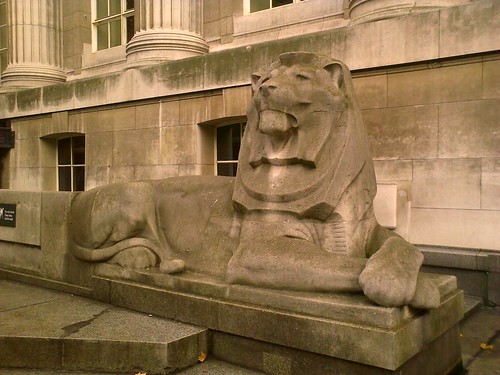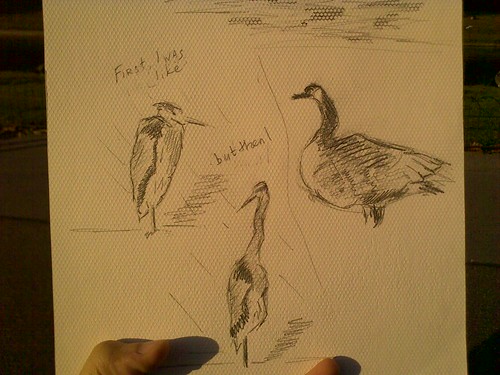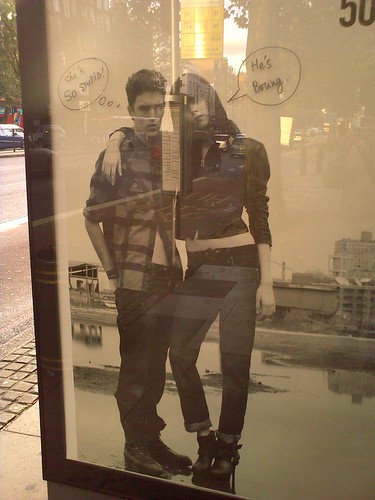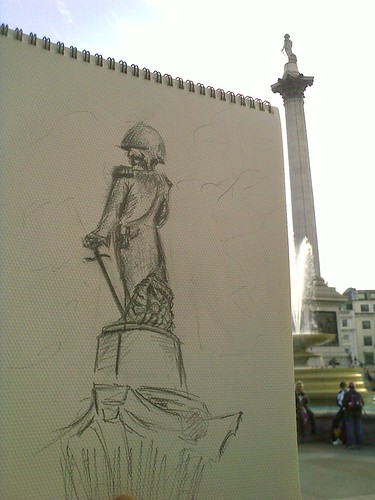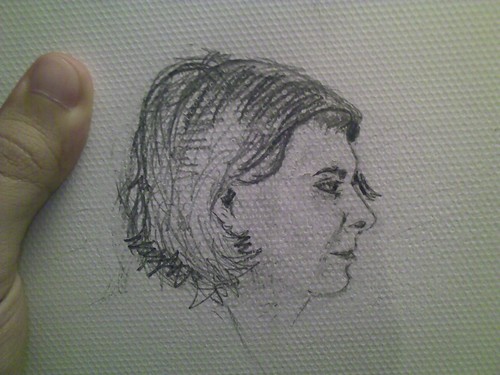Advancing through
the guide I had cited from before, the following passage caught my attention:
What are those qualities of hair that are amenable to expression in stone? Obviously they are few, and confined chiefly to the mass forms in which the hair arranges itself. The finest sculptors have never attempted more than this, have never lost sight of the fact that it was stone they were working with, and never made any attempt to create an illusion of real hair. And in the same way, when working in bronze, the fine artist never loses sight of the fact that it is bronze with which he is working.
How sadly the distinguished painter to whom a misguided administration entrusted the work of modelling the British emblem overlooked this, may be seen any day in Trafalgar Square, the lions there possessing none of the splendour of bronze but looking as if they were modelled in dough, and possessing in consequence none of the vital qualities of the lion. It is interesting to compare them with the little lion Alfred Stevens modelled for the railing of the British Museum, and to speculate on what a thrill we might have received every time we passed Trafalgar Square, had he been entrusted with the work, as he might have been.
Obviously, places mentioned are familiar not only to newbie londoners like us but even to every tourist, so today we went to hunt some lions down and to check author's conclusion.
This is the Trafalgar one:
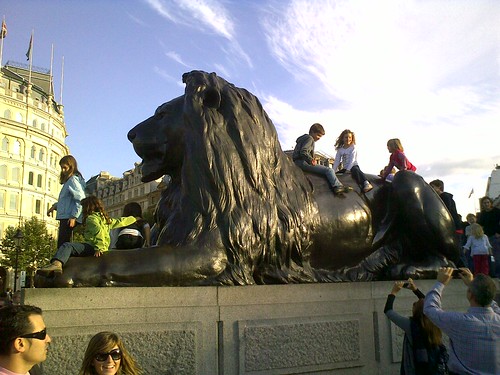
Impressive with its mass, although I can't really say it's breath-taking as a stand-alone sculpture (if no history behind imagined), but for other reason. My perception is stopped far earlier than it comes to bronze or dough or anything. I mean, that time of cheap high-quality photography dominance we're living in accustomed me to expect something to be unnatural (say, plainly geometric or surreally complicated) in an artwork. Just to be lifelike is no longer enough and some emotions must be expressed that can't be caught with a camera that copies shapes and colours religiously.
But what about British museum lions? Here they come:
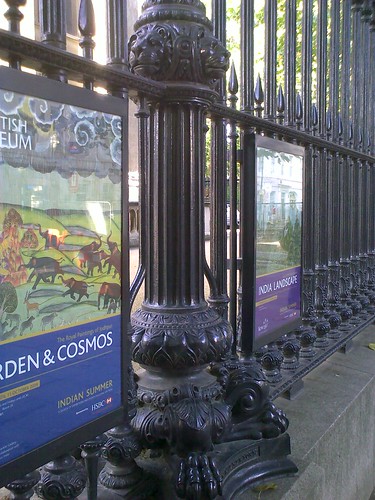
Remember, the sculptor was complimented for taking material into consideration. If it really was the reason for partition, then his possible way of thinking could be rendered like this: "Hm, the bronze is not a material to represent a lion. Indeed, lions are made of flesh and blood, I've never seen a lion to be bronze. So - eureka! - there won't be a lion carved, only parts of it!"
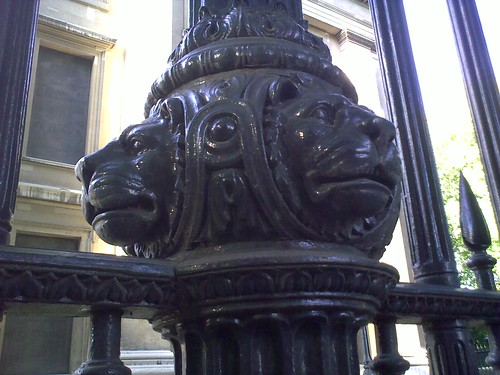

As I said before, I don't like Trafalgar square lions much, though they are okay for their role in the ensemble. But I really can't understand how British museum railings can be compared with them. First, the very genres are different and second, those parts of lions that are still visible bear the same mane and paws realistic technique as Trafalgar beasts do. Yes, railings lions are more simplified, curls shaped without hair net carved on surface - but I think it's rather a matter of figures size, fine details would be lost under the mould precision limit anyway.
So, I didn't manage to see that difference in the artistic attitude. Maybe it's because of my ignorance. By the way, the idea with the railings wasn't original as I suppose, for there are a number of similar sculptures of the same age within the city centre:
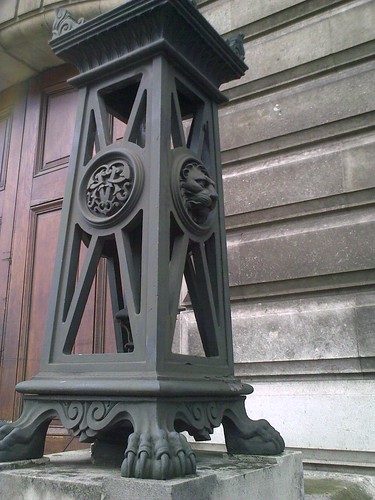
Nevertheless, this walk was more informative than usually.

